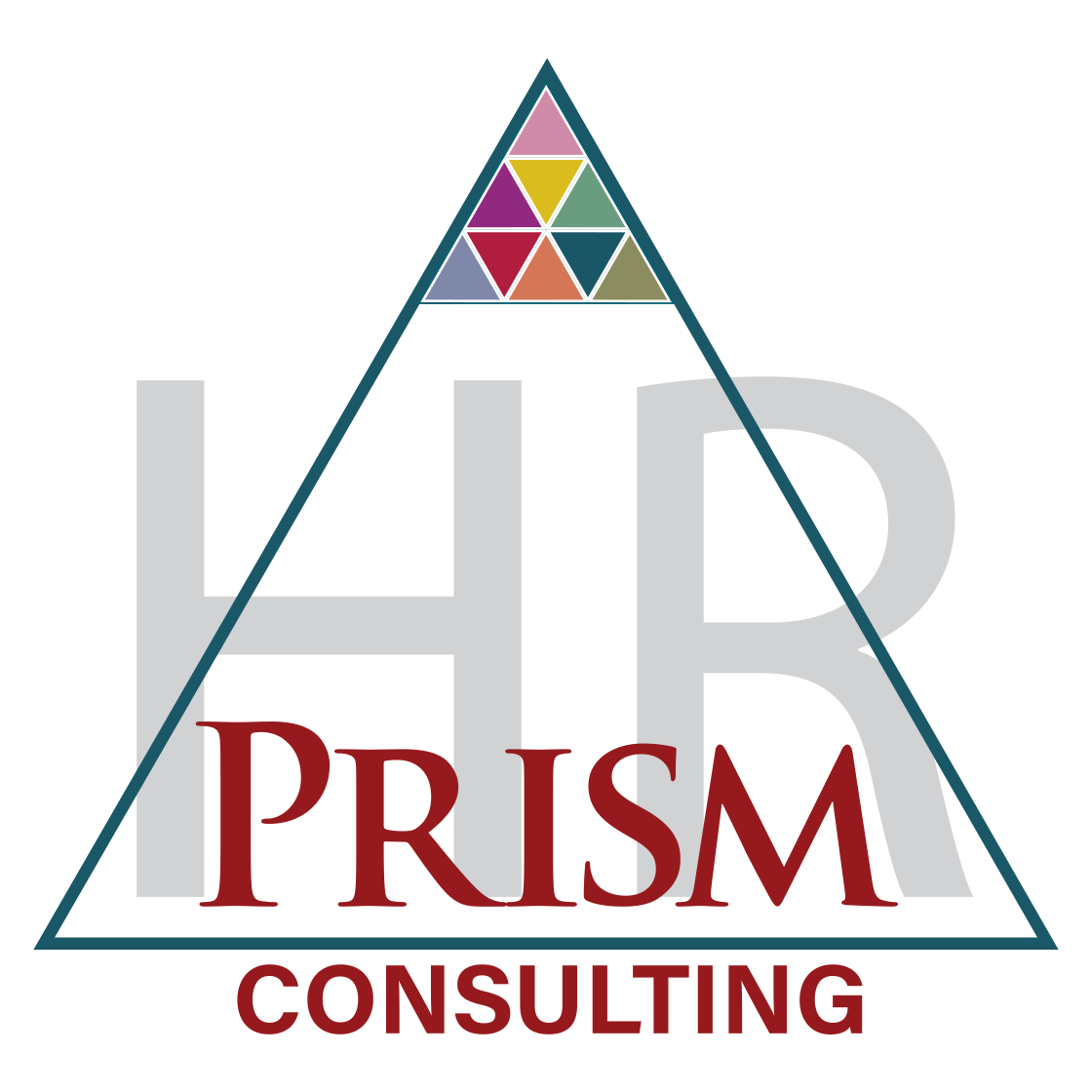Diversity, Inclusion & the Single Stigma
The terms diversity and inclusion have been in the forefront of workplace culture discussions for many years, to the point where some have suggested the overuse of such terms has rendered them meaningless.
What does a diverse and inclusive culture look like, feel like? Everyone has their own answer to this question based on experiences, family upbringing, morals, ethics, beliefs and biases. What you consider inclusive, I may find alienating. And therein lies the challenge. There is no one size fits all when we talk about diversity and inclusion.
Think about these real- life examples that drive exclusion in our workplaces and society;
The single supplement often charged by travel companies.
Restaurants seating females or minorities at the least desirable table.
A single person RSVP’s for a party and the host replies, “just you?”
A restaurant hostess comments, “just one?”
Company functions geared around couples and significant others.
A 79 year- old widow criticized by a class instructor for being too friendly and others in the class may think she is a lesbian.
Company policies defining who meets the definition of a family member.
An older, unmarried man must be gay.
An overweight person is lazy.
How did you feel after reading these examples? Could you relate? Have you had a similar experience?
In order to build a diverse and inclusive workplace (and society) we must have difficult and uncomfortable conversations. We must acknowledge our biases (we all have them) and work together to eliminate them. Saying the words or creating a diversity policy is not enough.
Join the conversation at the Henderson Chamber of Commerce Roadmap to Success workshop April 16, 2020, “Diversity, Inclusion and the Single Stigma.”

